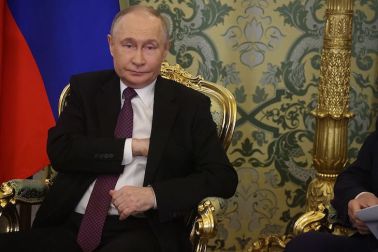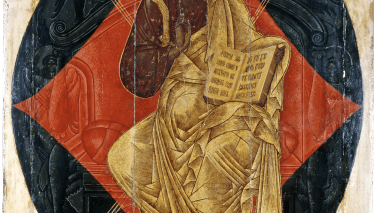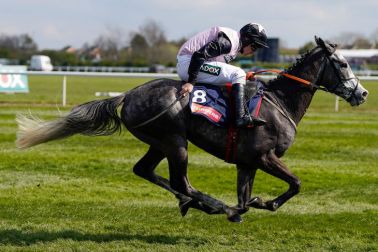Dora Maar first attracted the attention of Pablo Picasso while playing a rather dangerous game at the celebrated left-bank café Les Deux Magots. She ‘kept driving a small pointed penknife between her fingers into the wood of the table’. From time to time she missed, and a drop of blood appeared on her gloves. This alarming form of digital Russian roulette was the basis for an early work by the performance artist Marina Abramovic, who will be featured at a major show at the Royal Academy next autumn.
There is nothing so arresting in the large exhibition devoted to Maar’s work at Tate Modern as the images of the artist herself, and not only those by Picasso. There are some individuals who have an impact on the arts through sheer force of personality. Photographic portraits suggest she had remarkable beauty combined with brooding force.
Born Henriette Theodora Markovitch (1907–97) to a Croatian father and French mother, she had worked in any number of idioms and media both before and after her years with Picasso in the late 1930s and early 1940s. On show at Tate Modern are surrealist photomontages — a sky filled with eyes, a human hand emerging from a spiral seashell.
Better, to my mind, was the street photography she practised for a period in the mid 1930s. Some of her shots of the poor in London and Paris around 1934 bring the work of Cartier-Bresson to mind, and stand up to the comparison too. Overall, though, these galleries are subject to the usual problem of large displays of small photographs: the exhibits look better in the catalogue than they do on the wall.
Maar’s paintings of the later 1930s and 1940s were heavily influenced, unsurprisingly, by Picasso.







Comments
Join the debate for just £1 a month
Be part of the conversation with other Spectator readers by getting your first three months for £3.
UNLOCK ACCESS Just £1 a monthAlready a subscriber? Log in